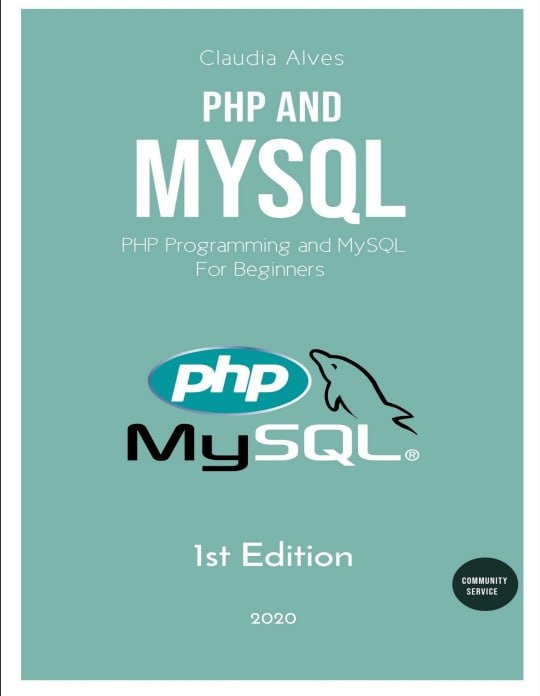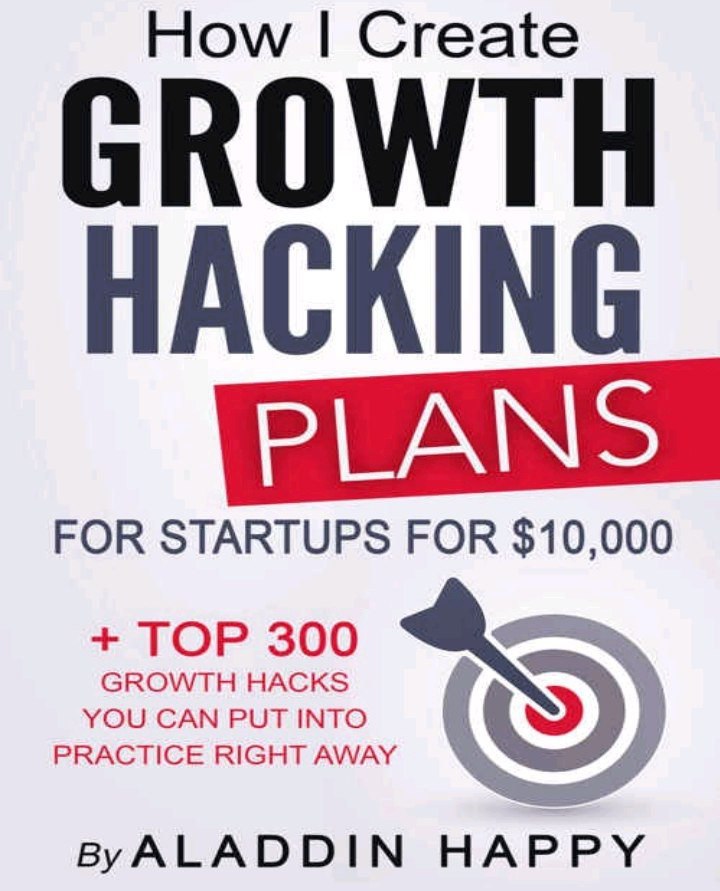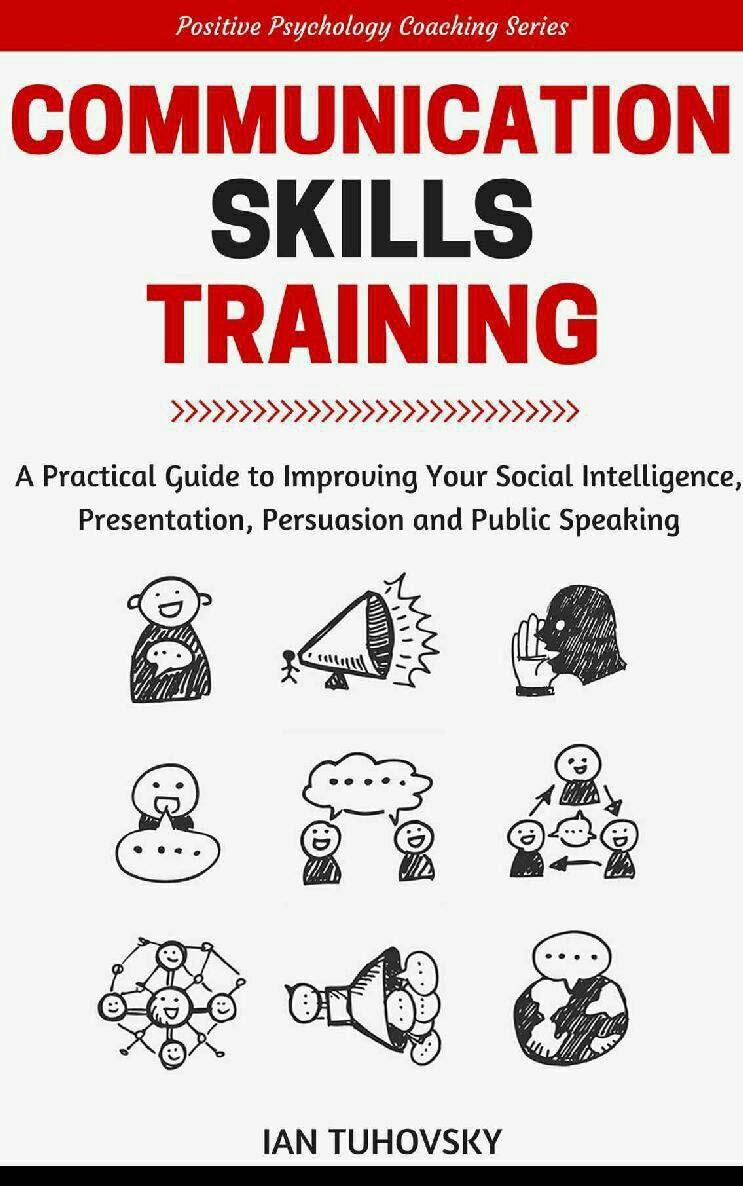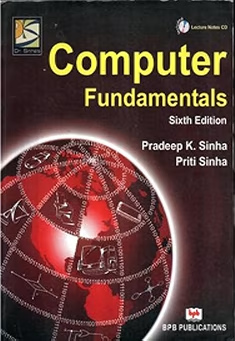
- Introduction to PHP:
- Understanding PHP's syntax, variables, data types, operators, and control structures.
- Learning about functions, arrays, and object-oriented programming in PHP.
- Introduction to MySQL:
- Understanding database concepts and creating databases, tables, and relationships.
- Learning SQL queries for data manipulation and retrieval.
- Connecting PHP and MySQL:
- Establishing a connection between PHP and MySQL.
- Executing SQL queries from PHP and handling the results.
- Building Dynamic Web Applications:
- Creating interactive web pages using PHP and MySQL.
- Implementing form handling, user authentication, and session management.
- Working with databases to store and retrieve data.
- Error Handling and Debugging:
- Identifying and troubleshooting common PHP and MySQL errors.
- Implementing effective error handling techniques.
- Best Practices and Tips:
- Following coding standards and best practices for clean and maintainable code.
- Learning tips and tricks to improve your PHP and MySQL programming skills.
- Beginners who want to learn PHP and MySQL from scratch.
- Web developers looking to enhance their PHP and MySQL skills.
- Students interested in web development and database management.
- The fundamentals of PHP and MySQL programming.
- How to build dynamic web applications using PHP and MySQL.
- Best practices for writing efficient and maintainable code.
- Troubleshooting techniques for common PHP and MySQL issues.
What is an eBook?
An eBook, short for electronic book, is a digital version of a printed book that can be read on electronic devices such as e-readers, tablets, smartphones, or computers. eBooks are designed to provide the same reading experience as a physical book but in a digital format.
They come in various file formats, such as PDF, EPUB, MOBI, or AZW, depending on the device or software you're using to read them. eBooks can be easily downloaded, purchased from online platforms, or shared electronically. eBooks are becoming increasingly popular due to their convenience and accessibility.
They offer several advantages over traditional books, such as:
1. Portability: You can carry multiple books in a single device, making it convenient to read wherever you go.
2. Adjustable Text Size: eBooks often allow you to customize the font size and style, making it easier for people with visual impairments or reading difficulties.
3. Search and Navigation: With eBooks, you can easily search for specific terms or chapters, bookmark pages, and jump to different sections using hyperlinks.
4. Interactive Elements: Some eBooks include multimedia elements like videos, audio clips, or interactive quizzes, enhancing the reading experience.
5. Environmentally Friendly: As eBooks eliminate the need for paper and ink, they contribute to reducing the environmental impact of publishing.
Additionally, self-publishing has become more accessible with the rise of eBooks. Authors can independently publish and distribute their work without relying on traditional publishing channels.
Whether you're a reader, writer, or both, eBooks offer a convenient and versatile way to access and publish written content. I hope this gives you a good understanding of what eBooks are.
What is PDF File?
PDF stands for Portable Document Format. It is a file format that was created by Adobe Systems in the 1990s. The purpose behind PDF was to allow documents to be shared and viewed across different operating systems and devices while preserving their original formatting.
PDF files are widely used to distribute and share documents electronically. They can contain various elements, including text, images, graphics, hyperlinks, forms, and even multimedia elements. One of the key features of PDF is that it ensures that the layout and formatting of the document remain consistent, regardless of the software or device used to view it.
PDFs are commonly used for a range of purposes, such as:
1. Sharing and Publishing: PDF allows you to create and share documents that can be viewed, printed, and reproduced by others exactly as you intended them to be.
2. Forms and Contracts: PDFs can include fillable form fields, making them suitable for creating forms, contracts, applications, and other paperwork that require user input.
3. E-books and Manuals: Many e-books, guides, manuals, and technical documents are distributed in PDF format due to their ability to maintain visual integrity and compatibility.
4. Archiving and Preservation: PDFs are often used for archiving and long-term document storage as they capture and preserve the original content and formatting.
To open and view PDF files, you can use various software applications, such as Adobe Acrobat Reader, which is the most popular and widely used PDF viewer. There are also alternative PDF readers available, including web-based solutions and mobile apps, that allow you to access and read PDFs on different devices.
In summary, PDF is a versatile and widely-used file format that ensures documents can be viewed and shared across different platforms while maintaining their original layout and formatting. If you have any more questions about PDFs or need further clarification, feel free to ask!
eBook Download Links
Download Instructions:
If download link is not loading or working, try with a VPN.
Download all parts and extract all zip files into one folder.
File Password: ebookmart.net
Disclaimer
This eBook was obtained from a free source and is not hosted on the ebookmart.net website. We can safely say that it is not our responsibility. Use this file for your own purposes. Downloading copyrighted material is illegal, and all files here are for educational use only. Developers/creators made it with difficulty. We request you to buy a genuine version from the creator/developer/owner's website.
About eBookMart
Discover the ultimate destination for eBook advertising and audiobooks at eBookMart.net. Access top ads eBook services, search and download from leading audio books download sites, and find your next favorite story with ease. Enjoy home books and download talking books for a complete literary experience. Whether you're looking to get free audio books or delve into spoken books free and audio novels free, eBookMart.net has you covered.





![Alice's Adventures in Wonderland [ebookmart.net]](https://ebookmart.net/images/courses/6539516f81d44374_course.avif)


